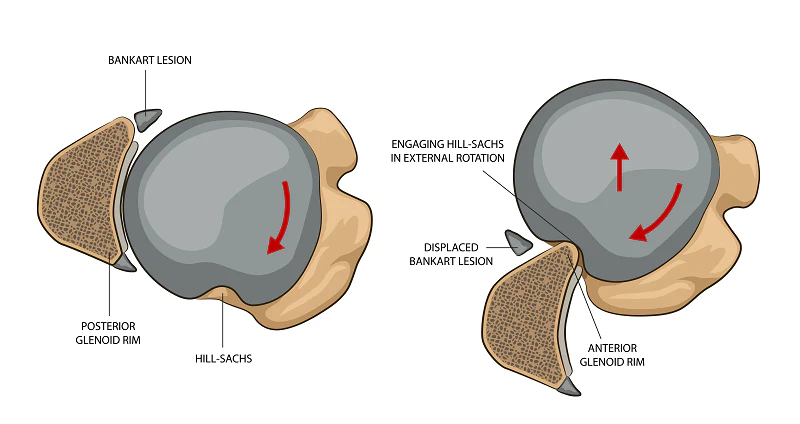The outlook for recovery from a dislocated shoulder and a Hill-Sachs lesion is generally good. But a recurrence of a dislocation is common, especially in younger people.
In the long-term, about one-thirdTrusted Source of people who have surgery for a dislocated shoulder will develop shoulder arthritis. Talk to your doctor about a treatment and rehabilitation plan that will limit your risk of further complications.



